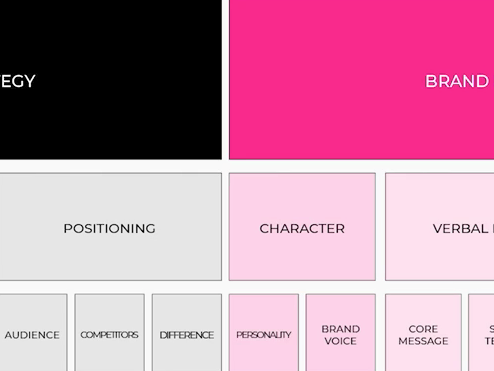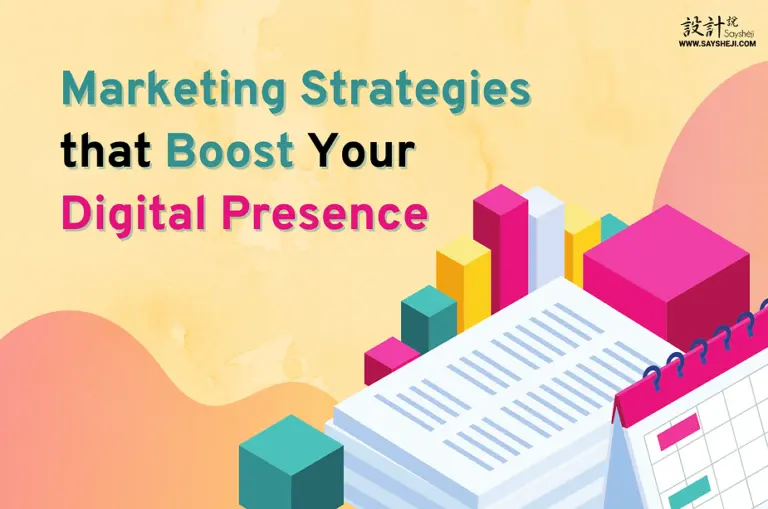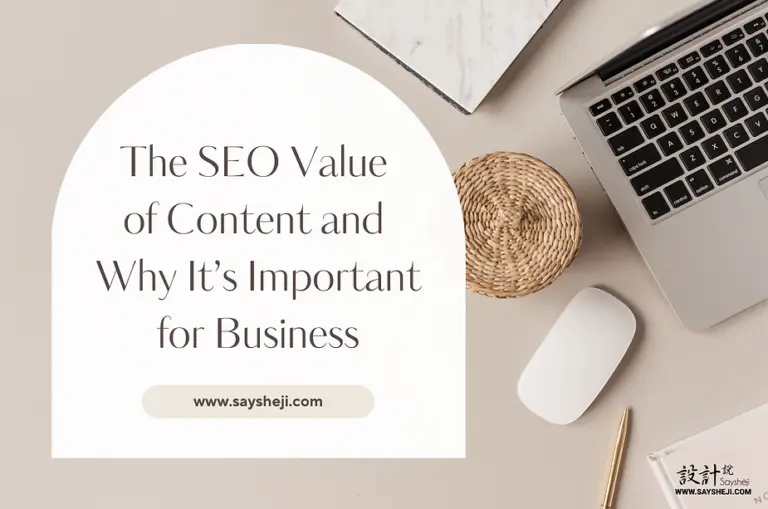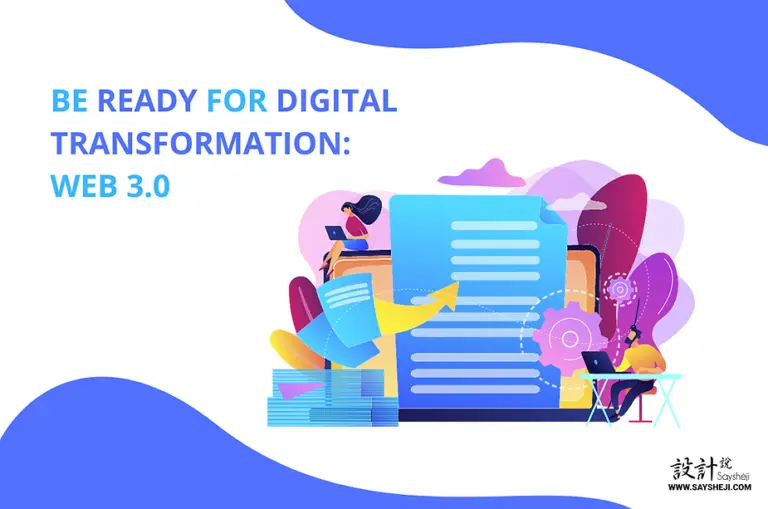How To Successfully Rebrand: A Strategic And Tactical Guide
What are branding exercises?
Branding exercises are guided activities that help you create an understanding of your company, its vision, and its customers. These exercises serve as tools to help focus your marketing messages, help you with customer interactions, and maintain a consistent and captivating brand.
Brand Exercises were divided into 2 sections:
- Branding Strategy
- Branding Expression

What Is Branding Strategy?
By definition, a Branding Strategy is a long-term plan for the development of a successful brand in order to achieve specific goals. A well-defined and executed brand strategy affects all aspects of a business and is directly connected to consumer needs, emotions, and competitive environments. There are 7 elements of a brand strategy grouped into 2 sections: Brand Core, and Brand Positioning
In this article, you will learn ways to develop your, or your client’s brand strategy like a pro. This is a step-by-step guide to building brand strategy with absolute minimum theory and maximum practicality.
It can be a tiring process in developing a brand strategy, but when you have a clear process and the right toolkit — it’s fairly easy. Learn how to run brand strategy workshops and build successful brands, the strategic way.
A. Brand Core
99% of the people would skip this part of the strategy. Now, it might not seem overly important on the earlier stage, but having this foundation in place as the core of your brand, makes all the difference when you begin to grow and expand.
Let’s start with your brand core, which includes your purpose, your vision, and your core values. There are 3 elements in this section of our brand strategy and each plays an essential role in providing clarity for the internal brand.
1. Brand Purpose
Firstly, we’re going to find the purpose of what you do. What’s the greater good behind your work? Here you need to know why you’re in business and talk about it to rally your team and foster connection with your audience.
Let’s start off by quickly explaining what brand purpose actually is and why you need it. Brand purpose is a higher order reason for a brand to exist, other than just making a profit. But why do we need to do that? Because once we align your brand with some cause, you will have an uncanny ability to attract a cult like following.
Our goal is to give people a purpose, a cause to champion, or a reason to believe so that they feel inspired to come to work or to buy from us. So it will both: unite your team internally and also externally foster a deeper connection with your audience.
Coca-Cola : Refresh the world. Make a difference

Brand Purpose Example — Tesla
So once we’ve found your brand purpose, now let’s look into the future and define your vision and mission.
2. Brand Vision
If your company doesn’t already have a clearly spelt-out mission, vision, and list of values, this is a great time to bring the team together to come up with these important cornerstones of the brand. Always have it in front of you and refer to them constantly to ensure that the branding choices are true to the company’s core beliefs.
Well, in this vision and mission you can start out and think about what you do in 5 years — what do you want to achieve? If you achieve all your goals in 5 years, then
How do you want your brand to look in 10 years? How big will it be? What market share will you have? And what other products and services could you possibly offer? Will you expand to other locations or to other categories?
You see, most brands never get where they want to go, because they’re not clear about where it is they’re going. So let’s dream big and write everything down.
What impact will you have on your industry in 15 years? How will your brand expand? 15 years is a lot of time and things change so rapidly which makes it hard to predict, but this is not about being accurate. This is more about avoiding potential mistakes by spreading yourself thin and just rather staying on track and having a bigger vision.
Coca – Cola: Our vision is to craft the brands and choice of drinks that people love, to refresh them in body & spirit. And done in ways that create a more sustainable business and better-shared future that makes a difference in people’s lives, communities and our planet.
Brand Vision & Mission Example — Coca – Cola
3. Brand Values
Thirdly, let’s determine your core values and philosophies. What are your guiding principles? Define your brand values and create a culture and driving force for what to stand for in the world.
And this is the last exercise in the core section of the strategy framework. What are core values? — They’re basically the compass that points to the true North of your business success. Your values are the core of your brand. Therefore, we need to figure out how you want your brand to be perceived in the market.
This is about how you DO things, so it’s more about the experience that your customers, suppliers and the wider public will have with your brand.
Coca-Cola’s core values are: Leadership, Collaboration, Integrity, Accountability, Passion, Diversity.

Brand Values Example — Coca Cola
B. Brand Positioning
Since we have defined the brand internally, now let’s position your brand externally—in the marketplace. In this Brand Positioning, we’re going to develop your positioning strategy, which includes your target audience, your market analysis and your awareness goals.
And the importance of each element of positioning can’t be underestimated, because each one gives us a clear understanding of your competitive edge.
1. Target Audience

Now, we need to get to know your target audience in order to resonate with them. What’s your primary customer? And we have to understand your audience well, so that you can address their problems and needs with relevant solutions. We need to uncover details of their lives and explore the personal side of their lives and what makes them tick.
We also have to understand the difficulties they face, when those challenges come about and the state of mind they’re in as they face them. And we do this to uncover the emotions they go through so that we can connect with them on a human level through those emotions.
2. Competitors

Positioning through competitors focuses on using competition as a reference point for differentiation. Brands highlight a key difference their product/service offers in their marketing to make it feel special compared to other options in the marketplace. The product or services become unique.
Brands can also use the competition as a reference point to follow a similar strategy. If a particular brand has a large market share, its positioning strategy must be attractive to a large group of customers, so you can try to convert some of their customers by offering a similar product with similar benefits at the same price point.
3. Differentiate

Positioning strategy through differentiation relies on a product’s uniqueness or innovative qualities in comparison to the traditional competition. Tesla is a great example — before the Tesla vehicles existed, there hadn’t been an attractive, fully electric vehicle (EV) available for purchase.
When implementing this strategy, consumers who value innovation would be attracted to your brand and product. The one potential limitation is that the public could be discouraged by the lack of history of use. If your product is completely new, consider providing the research and testing that went into its creation. Often, innovation-driven consumers like to know how the new technology or product works.
What Is Branding Expression?
Brand Expression encompasses way more than just the design of a logo and related corporate identity. They include every touchpoint the target market experiences; that includes packaging design, website design, and print. Good branding means getting everything right including the visual expression of your brand.
Brand Expression is a language
Your Brand must be able to speak directly to people with great meaning. There are no rules, except that your choices should reflect all the ideas that make up your brand, integrated into a single authentic visual style that is consistent with your personality.
A. Brand Character
1. Brand Personality
The brand personality should be a reflection of who your audience is and what appeals to them, along with the position you want to take in the market. Your audience wants to see themselves, or the best version of themselves, in your brand so when a brand portrays the personality of their audiences’ aspirations, they resonate on a powerful level.
To decide the Brand Personality, you have to first select the Brand Archetypes. Archetypes were a concept introduced by Carl Jung, who believed that they were models of people, behaviors, or personalities. Archetypes, he suggested, were inborn tendencies that play a role in influencing human behavior. Archetypes are widely used in books and movies so in branding.

12 Brand Archetypes – Carl Jung
Look at the archetypal wheel and identify the core desire of your audience. And based on that let’s think about what role your brand plays in their lives.
The personality of Coca-Cola is excitement
Coca-Cola is an excellent example of a brand that successfully delivers its marketing messages throughout the world and is known as a “young personality” brand. The concepts of happiness and joy are consistently and predominantly displayed in all their advertising and social media platforms.

Brand Personality Example – Coca – Cola
Coca-Cola took the Innocent archetype and glued it to its campaigns and products. We see that their campaigns are about Christmas or the football world cup or emotional events like these. With the Innocent archetype, the brand provides various messages about perfection, living happy moments with friends. They have opened the full capacity of the archetype Innocent.
2. Brand Voice / Tone
Tone and language choices are an extension of your personality and should also reflect your audience. Both have always been important but in today’s content-driven era, their importance has been magnified. As people, we might use a different tone of voice and language set with different people, for example, your grandma vs. your best friend. If you reversed your communication and spoke to your grandmother as you would your best friend, chances are, your tone wouldn’t resonate with her. If, as a brand, you want to appeal to 18-24-year-old male skateboarders, the formality and energy of the language that you use will be different than if your audience is 35-50-year-old female foodies.
When it comes to resonance, we must always trace it back to the source of who we want to resonate with and ask, “What do they want”? Try to nail down your language and tone of voice, not with rigid rules but with flexible guides. Your brand still needs to be authentic so give your personnel the autonomy to be human while directing them with flexible guides.
Coca-Cola is one of my favorite examples when it comes to a consistent brand voice. The Coca-Cola voice is positive, friendly, and down-to-earth. They are always showing us concepts of what a happy life looks like accompanied by a positive voice.

Brand Voice Example – Coca-Cola
They have been on the market for over 130 years, but their voice remains consistent with a single purpose to evoke happiness. You can see polar bears, families getting together to have dinner (and a Coke) or friends dancing and smiling—in every marketing campaign you’ll see the concept of happy-life.
Coca-Cola brilliantly connects positive feelings with their drink through evocative images and a perfectly-constructed tone of voice.
B. Verbal Expression
1. Core Message
Now that you know your audience, position, and personality of your brand, you have the information needed to craft an effective core message the cornerstone of which is your differentiator. In the mind of your audience, you get to be one thing. That one thing is your differentiator and your core message needs to be built around that.
Your core message is underlying and should be incorporated into all forms of communication. You can craft a concise and memorable tagline from this but the core message itself can be up to two sentences.
It should be short enough for internal personnel to memorize, but long enough to be impactful. It can be expressed in many different forms but should always drive home what you want your audience to remember you for.
Geico’s core message is succinct and to the point. It includes who it’s for, what the differentiator is and the benefit to the audience. “15 minutes or less can save you 15% or more on car insurance.”

Core Message Example: GEICO
This double’s down as a tagline with how concise it is but it can be applied and adapted throughout all communication with the underlying message: “we save you time and money when it comes to your car insurance”.
2. Brand Tagline
In the context of branding, a tagline is a memorable motto or phrase that’s designed to serve as a permanent expression of your company’s greater purpose and mission. Taglines are long-lasting, instantly recognizable with your brand and have the goal of both attracting customers & remaining top of mind with your existing audience.
The difference of Tagline & Slogans :
Taglines
- A tagline is about the business itself and should stand the test of time (it doesn’t change).
- Taglines represent the tone and feeling you want for your products or services.
- It is often part of your company graphics and it stays with you all the time.
Slogans
- Slogans are intended to be less long-lasting and more flexible.
- They’re often used in advertising campaigns. (they changes over time).
- Slogans are often used only for one product, or one campaign.
Coca-Cola – “Open Happiness”
Coca-Cola is fortunate to have had some of the greatest creative talents in advertising work on their marketing and “Open Happiness” (2009) campaigns featured some of the best slogans the company has ever produced. During a time of economic downturn, Coca-Cola wanted America to “Open Happiness” with its new tagline.
When defining happiness, Coca-Cola believes the quest for true happiness is not a quest, but a choice.

Coca-Cola Tagline—“Open Happiness”
C. Visual Expression
1. Visual Identity
Your brand identity system is a collection of visual elements that work together to form the look and feel of your brand. A logo on its own has very little impact as it is a single visual representation and cannot provide a look and feel for the brand on its own.
The role of the visual identity is to trigger brand recall and visual identity with numerous distinct visual elements working as a team to create a look and feel has a much greater chance of making that visual connection and triggering that memory.
A brand identity system includes:
- Primary Logo
- Secondary Logo
- Lockup Variations
- Color Palette
- Typography
- Image Style
- Graphics Library
- Brand Style Guide
Take a look at the brand identity system from Coca-Cola. It boasts a logo, colour palette, image style, packaging, typography, all working together to create a unique and memorable style.

Visual Identity Example: Coca Cola
An effective brand strategy can help you build a solid presence online
Having a concrete, well-researched, and adequately managed brand strategy can bring your company more customers and ensure your company’s growth. The strategy serves as a blueprint of your company’s success, and investing in your brand strategy will pay off once your company gets closer in achieving its vision.
Your brand strategy can also affect other decisions in your brand. Whether it’s in purchasing, distribution, or the making of a new product, your brand strategy makes your brand run more efficiently and increases your possibility of success.
Make sure your brand is the first and foremost name amongst the other companies that offer the same products as you. Take these steps to create a good brand strategy and watch your company leave your competition in the dust.





